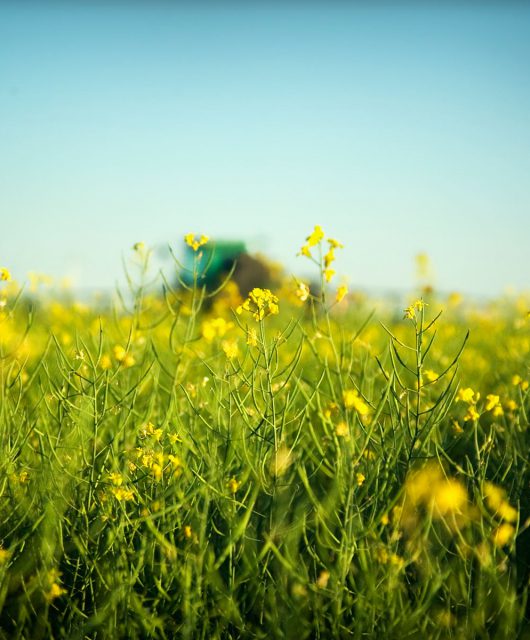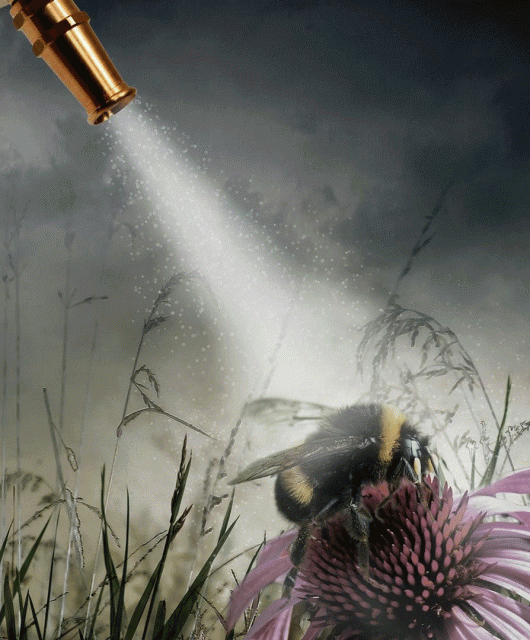Move over crocheting. Birdwatching is the best hobby for Canadians – especially for those that want to boost their mental health!
Canada is home to over 450 native bird species, some of which visit our country for short bouts of time while others stick around the whole year through. Birds are incredibly valuable to our landscape; they eat pesky insects, disperse seeds and pollinate plants.
But if you’ve ever stopped to notice an American Robin’s song or an American Goldfinch’s stunning plumage, you’ll know that birds offer even more. They can brighten your day and offer a kind of beauty that’s incredibly unique to these winged wonders. In fact, a study published in Scientific Reports found that simply listening to bird song or observing birds can boost a person’s mental health for a whopping eight hours.
So why not grow that love of birds and take up birdwatching? The best part? You don’t even have to set foot outside of your house to get started.
Watching Gear
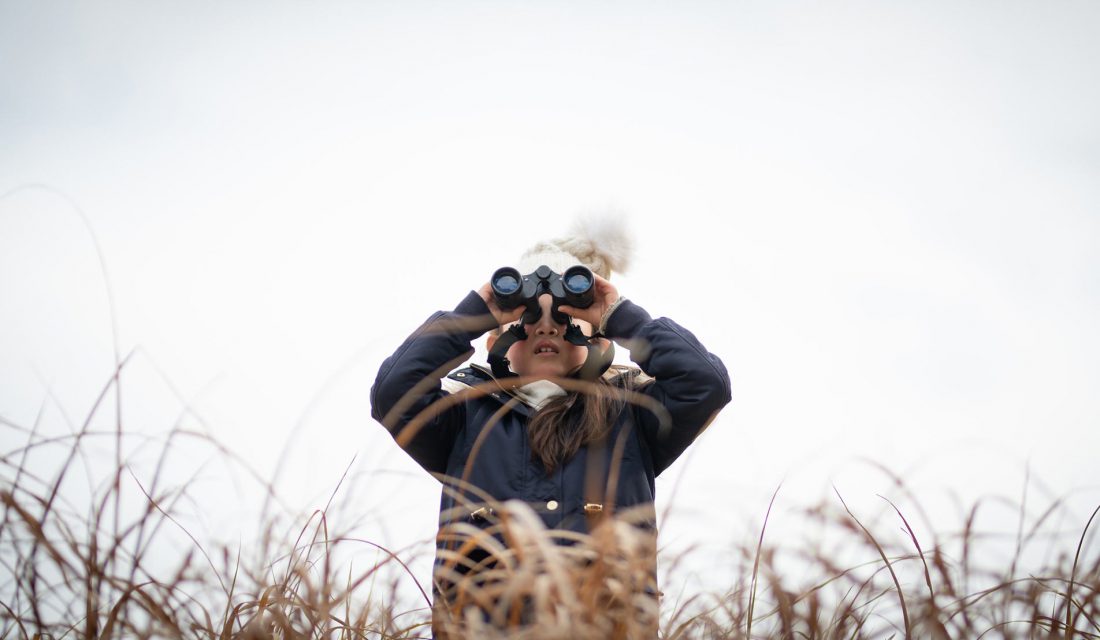
Field Guide.
You’re absolutely going to want a field guide to be able to identify different birds found in your area. You can find a physical field guide at your local bookstore, or simply download an app like Merlin Bird ID on your smart phone. The perk of the app? Not only will it help you identify birds visually but you can even identify them by song! If you can snap a good photo, there’s also the iNaturalist app or online at iNaturalist.ca where you can upload images that will be instantly auto-identified.
Binoculars.
Pick a pair of binoculars with a good magnification number for birding. What in the world does that mean? Well, any pair of binoculars you get will have two prominent numbers on the label. One is a magnification number and the other is an objective diameter number. The magnification number is most important to many birders. Most people who birdwatch will opt for binoculars that have a magnification of between 7x and 10x. This way you’ll be able to get a better look at a bird without scaring them away. Learn more about what kind of binoculars might be best for you here.
Where to Watch
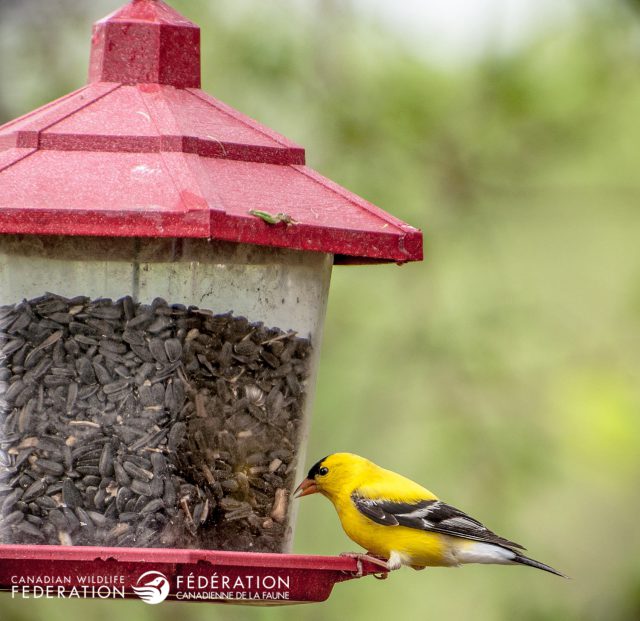
Home.
If you can offer birds food, water and shelter, your backyard will soon by a tizzy of activity. To start, get a birdfeeder, or two or three. There are all kinds of feeders that will attract different kinds of birds. A regular birdfeeder will attract plenty of songbirds as well as some corvids (like crows!) – particularly if you fill it with high quality seed. Hint! The Canadian Wildlife Federation has two birdseed blends available at participating Lee Valley locations. You can add a suet feeder to keep your birds satisfied through the winter. And in the summer months a hummingbird feeder will delight plenty of these tiny creatures. In the spring and summer, you can plant native plants to attract birds – there are plenty of berry producing shrubs and trees that wild birds will got nuts over!
Next up, add a bird bath. Birds love water and offering a bird bath will give them a way to take a sip of water or take a much needed bath. Don’t forget to add things like stones to the water so birds can take a sip without immersing themselves in the water – especially as the weather gets chilly. And finally, be sure to clean the bath every two days or so to make sure the water is safe to drink.
Finally, it’s time to spy on all the feathered friends that visit your backyard! You can even create a checklist of all the birds in your area and check off any species you see.
Out and about.
Once you’ve got the hang of birdwatching at home, you can step out into the wild to admire them! You’ll notice that different kinds of birds live in different kinds of habitat. If you’re lucky enough to live by the ocean, there are a plethora of seabirds and shorebirds to enjoy. If you live by a farmer’s field, there are plenty of birds that call them home from owls to Bobolinks. But you don’t have to venture far to birdwatch; visit your city park or a local trail and keep your eyes peeled!
When to Watch
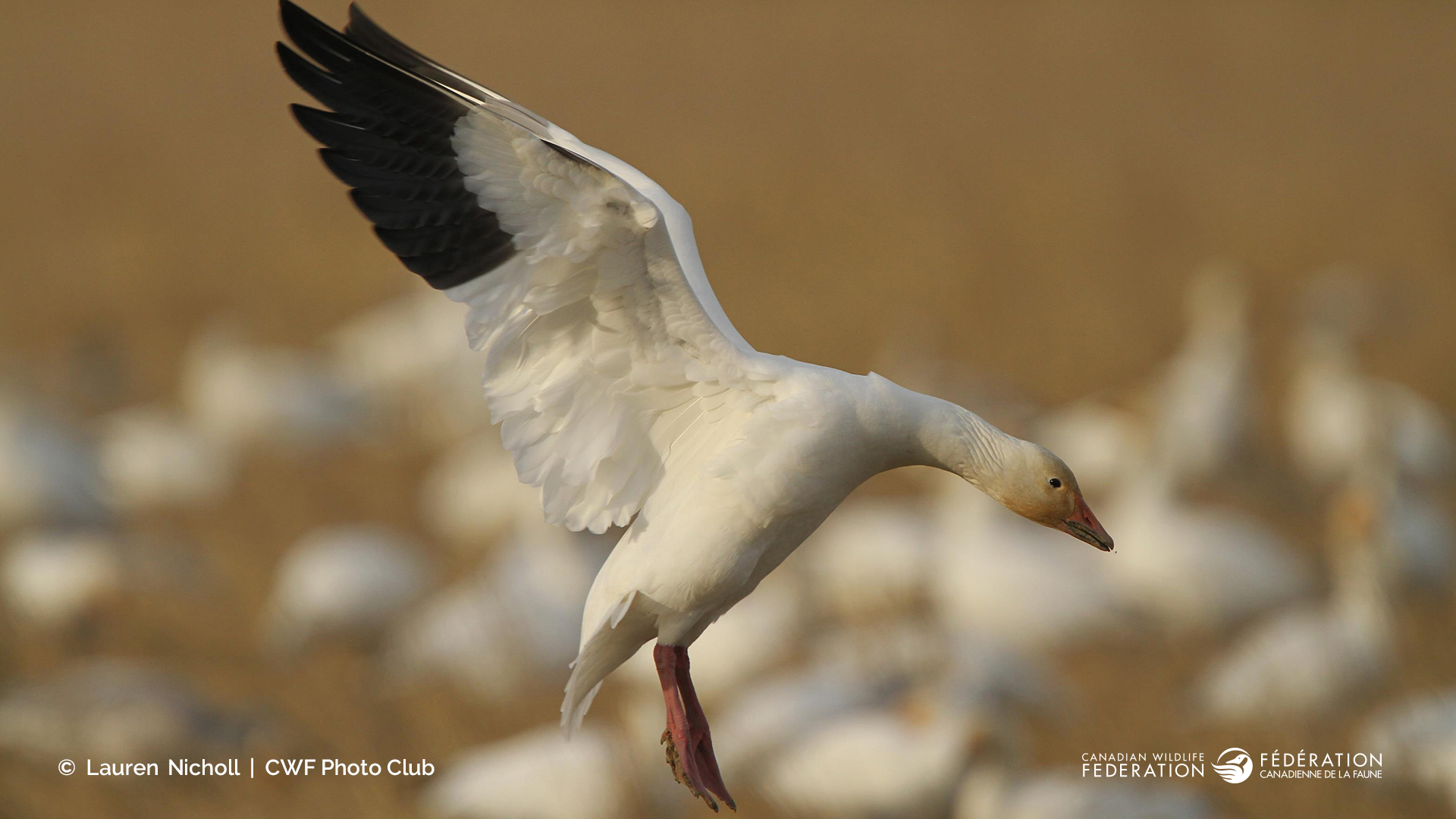
If you’re interested in seeing migratory birds, you’ll want to birdwatch in the spring and fall seasons when they’re on the move. And time of day matters! Like the saying says, the early bird catches the worm! Birds know that breakfast is the most important meal of the day and so you’ll see them busily feeding early in the morning. But don’t miss out on dusk bird watching! Plenty of birds will have one last scrumptious meal before darkness falls and they head to bed.
Up the Ante
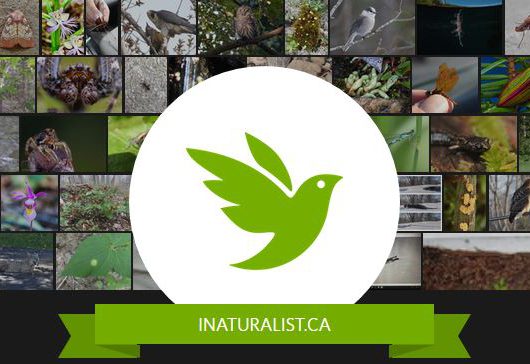
Contribute to iNaturalist Canada.
If you want to help scientists have a better understanding of where birds go and what habitat they prefer, upload any photos you take while birdwatching to iNaturalist.ca or through the iNaturalist app. Not only will you be a good citizen scientist by helping researchers, those researchers will help you to identify the birds you see! Plus this keeps a record of all your observations so you can check back on your birds list as you go. Join now to start contributing!
Upload your photos to our photo contests.
The Canadian Wildlife Federation has a monthly and annual photo contest. Every photograph we receive is invaluable to CWF – it’s a way for us to share the beauty of our natural world with fellow wildlife enthusiasts. Who knows? With your photographic entries, you might inspire another Canadian to take up birdwatching too!


